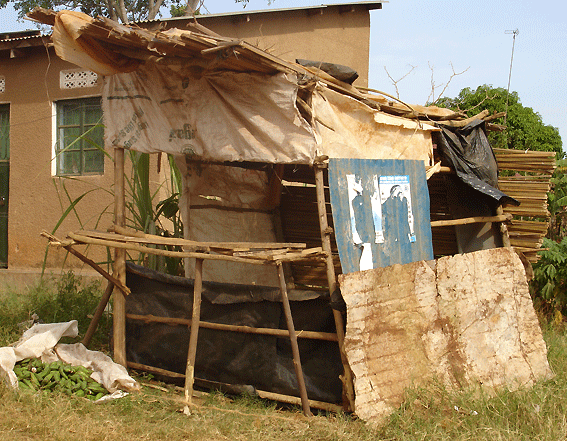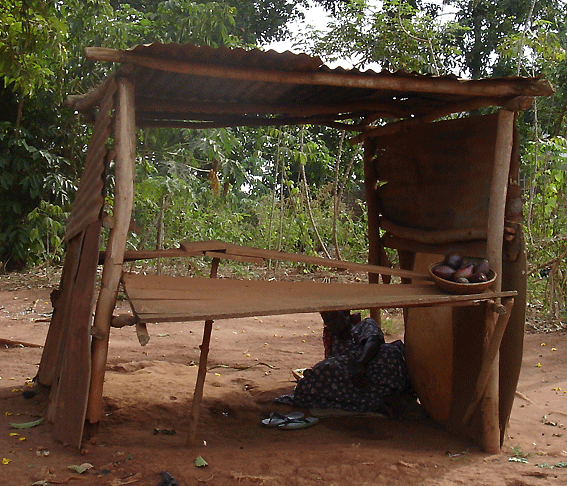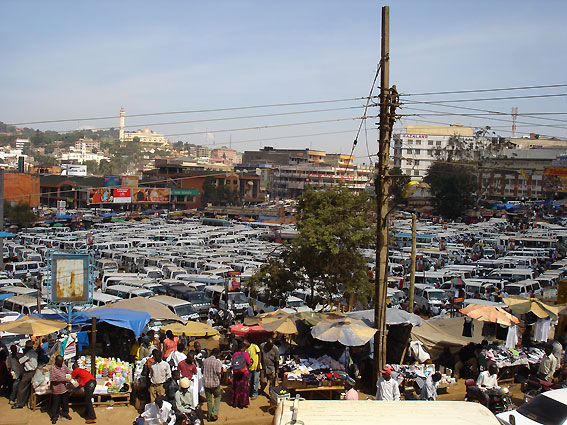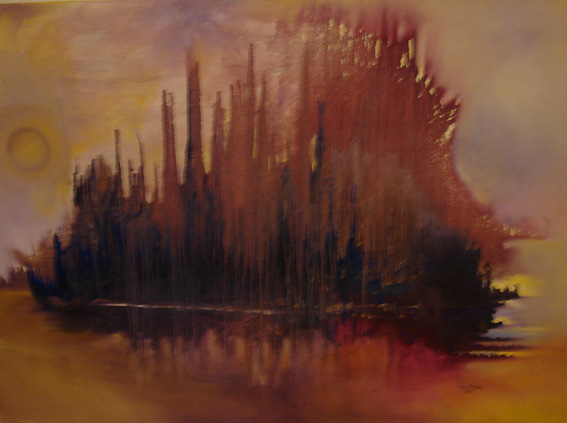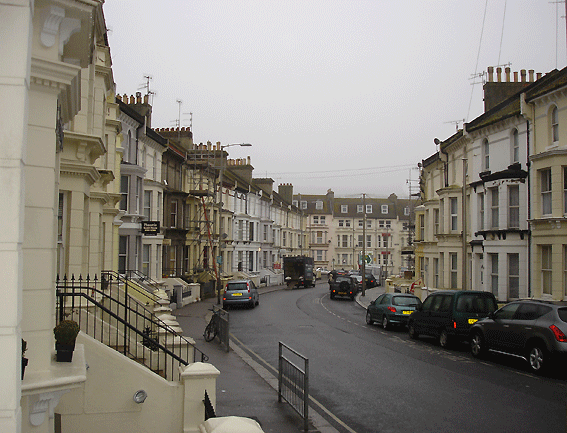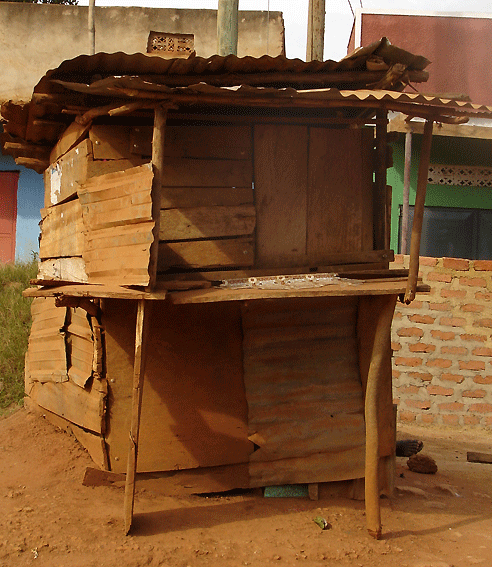
Surely everyone has in their lives “knocked something together” for the sole purpose of assembling something with a practical goal for quick usage, without paying particular importance to the quality or execution of the work, like a shelf for the workshop.
However, as many times in my life that I have tacked things together, I have never achieved designs which come even close to the Ugandan art of carpentry work!
Perhaps there should be a photographic competition: who in the world is capable of putting together materials in a more unique ways than Ugandans?
Yesterday, on our way to visit the Ugandan Reptile Village we branched off the main road for a few kilometers. Along the marram road there were gorgeous exhibits of typically Ugandan stalls, to which I dedicate today’s article.
Even if I got myself into the biggest trouble, I would never be able to assemble something in the presented Ugandan style, even if I had available all the necessary materials such as iron sheets, crooked boards and planks.
Also, the Ugandan (African) restaurants in Europe which I know, although they try to copy the native style of construction, they simply cannot compete with the designs here. These are simply unique!
The arrangement of the different woods, the selection of asymmetric sheets and the places where all this stuff is finally nailed to… whether the huts are small, large, long, wide… all the stalls have a similar design which is simply inimitable.
Now some of you may ask yourselves perhaps Ugandans cannot do it any better?
My answer to this question is, no, they can! Just look at the pictures and the houses in the backgrounds. They have straight plastered walls.
It also cannot be a problem of shortage of material as trees grow everywhere and clay is found in front of every doorway; and it cannot be less difficult to nail a sheet straight than to nail the same sheet askew.
However, why most of the Ugandan stalls exhibit this special ‘sloping’ design escapes me completely and I have not found an answer in the two years I have lived here… Perhaps one of my readers has an explanation?

